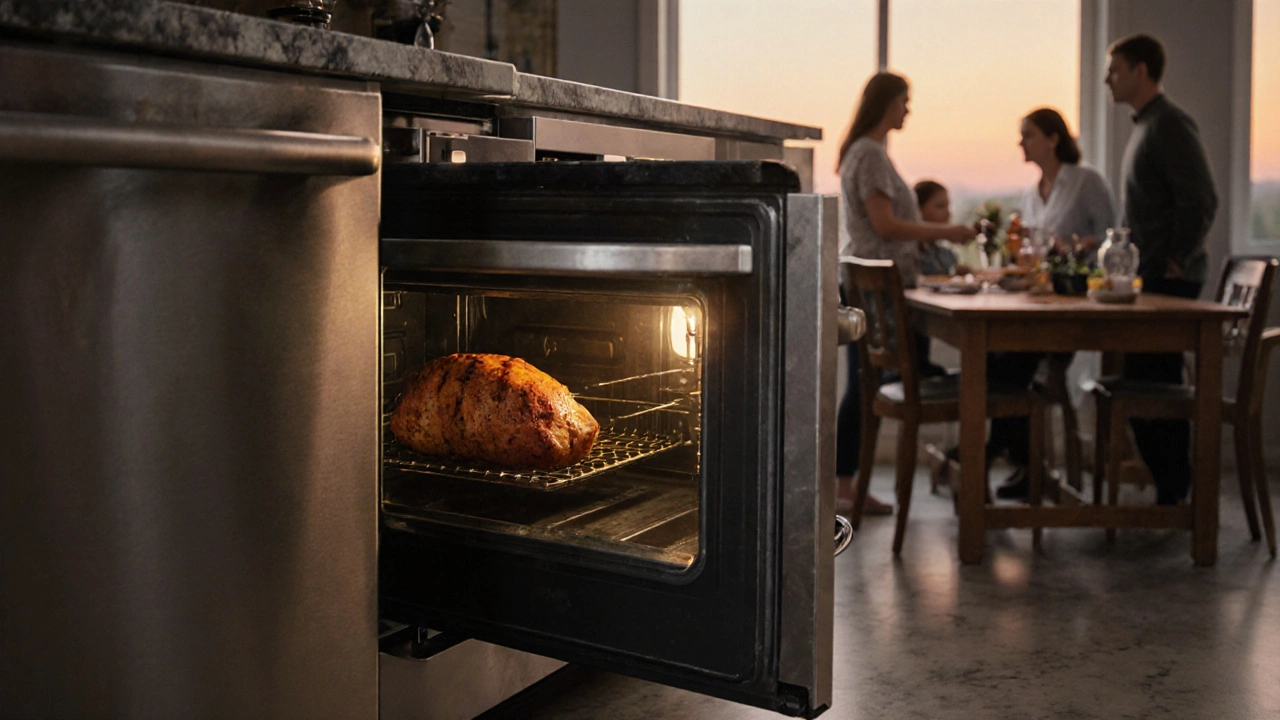Oven Lifespan: What to Expect and When to Replace
Most people assume an oven will work forever, but in reality it has a useful life span. Knowing the average years, the factors that speed up wear, and the warning signs can save you money and prevent kitchen surprises.
Average Life Expectancy of Common Ovens
Electric and gas ovens usually last between 10 and 15 years. A well‑maintained 8‑year‑old model often still has plenty of life left, while a cheap 12‑year‑old unit might start failing more often. Built‑in ovens tend to outlast freestanding ones because they’re installed with better ventilation and are less prone to moving damage.
Key Factors That Influence Oven Longevity
Usage patterns. Baking daily or running the oven at high temperatures every night puts extra stress on heating elements and thermostats. If you only use it a few times a week, the wear is slower.
Maintenance. Regularly cleaning the interior, wiping spills before they scorch, and checking the door seal keep the oven running efficiently. A dirty oven forces the heating element to work harder, shortening its life.
Quality of parts. Original equipment manufacturer (OEM) components are usually more durable than cheap replacements. When a part fails, opting for a genuine part can add years to the appliance.
Environment. Kitchens with high humidity or frequent temperature swings can cause corrosion on metal parts and affect electronic controls.
Pay attention to these factors; a small habit change can add a couple of years to your oven’s life.
Signs Your Oven Is Reaching the End of Its Life
• **Uneven heating** – Hot spots or cold spots mean the heating element or sensor is failing. • **Frequent error codes** – Modern ovens display codes when a component is out of spec. Multiple different codes in a short period suggest deeper electrical issues. • **Door seal wear** – If heat escapes, cooking times get longer and the oven works harder. • **Strange noises** – Grinding or clicking noises often mean the fan or thermostat motor is on its way out. • **Rising repair costs** – When a single repair costs more than half the price of a new oven, it’s time to consider replacement.
When you notice any of these, call a professional before the problem gets worse. A quick inspection can tell you if a simple part swap will do or if the whole unit should be retired.
Repair vs. Replace: Making the Right Decision
First, get a clear estimate. If the fix is under £150 for a 10‑year‑old oven, repairing usually makes sense. If the cost climbs above £300 or you’re facing multiple failing parts, a new oven could be cheaper in the long run.
Also think about energy efficiency. New ovens are often rated A++ or higher, meaning lower electricity bills. Upgrading can pay for itself in a few years.
Finally, consider your kitchen plans. If you’re remodeling, a new oven that matches the design might be worth the investment.
Simple Tips to Extend Your Oven’s Life
1. **Clean the interior after each use** – A damp cloth wipes away spills before they bake onto surfaces. 2. **Check the door seal monthly** – Replace a cracked seal to keep heat inside. 3. **Avoid opening the door repeatedly** – Each opening drops the temperature and forces the element to reheat. 4. **Schedule a professional check‑up every 5 years** – Technicians can spot worn parts before they break. 5. **Use the right cookware** – Heavy glass or metal pans can damage the oven floor over time.
Follow these habits and you’ll likely get closer to the 15‑year mark without major issues.
If your oven is approaching the end of its lifespan, Wells Appliance Repairs can give you an honest assessment. We’ll tell you whether a repair is worth it or if a replacement makes more sense, all with transparent pricing and quick service.
Oven Lifespan: How Long Does an Oven Last?
0 Comments
Learn how long ovens typically last, what factors affect their lifespan, maintenance tips, and when to repair or replace your appliance.
Read MoreOven Replacement Signs: How to Know It's Time for a New Oven
0 Comments
Wondering if your oven needs replacing? Learn clear, practical signs that your oven is reaching the end of its life, from strange noises to uneven baking.
Read More
